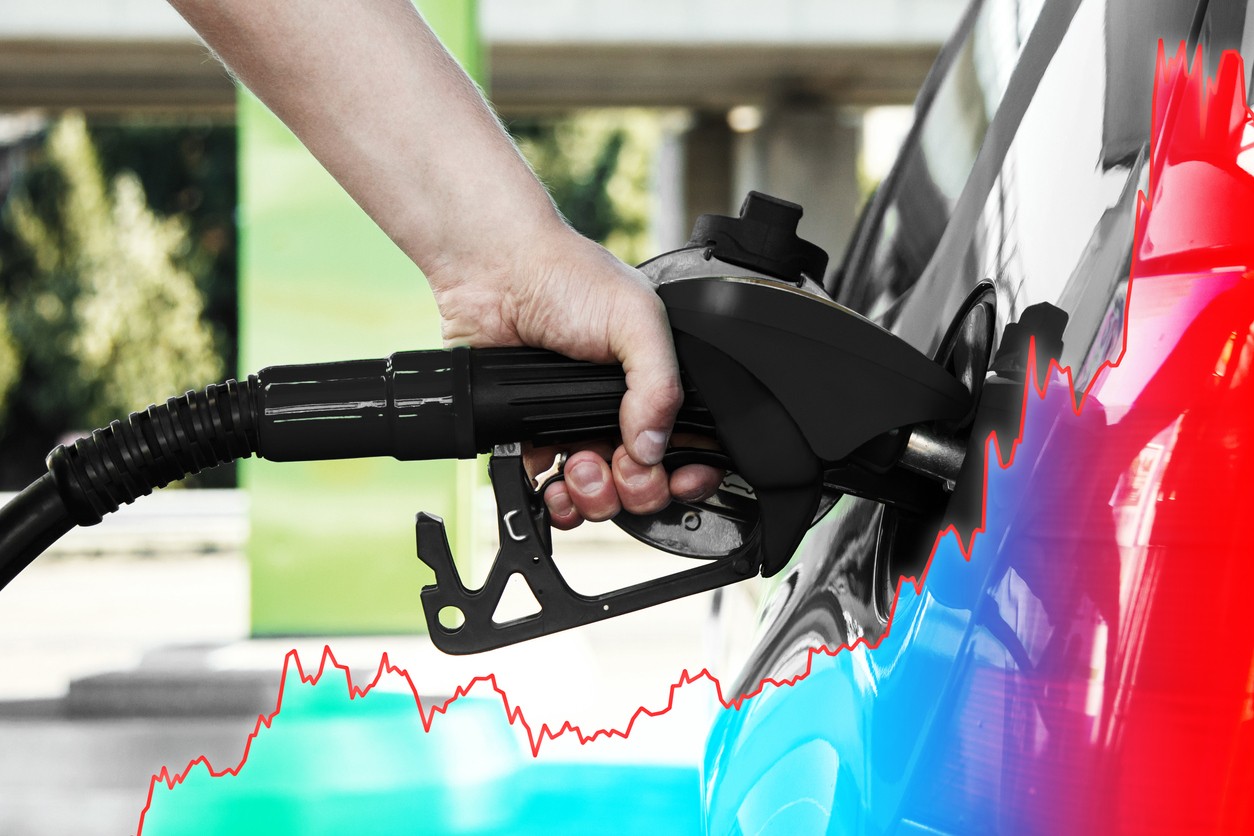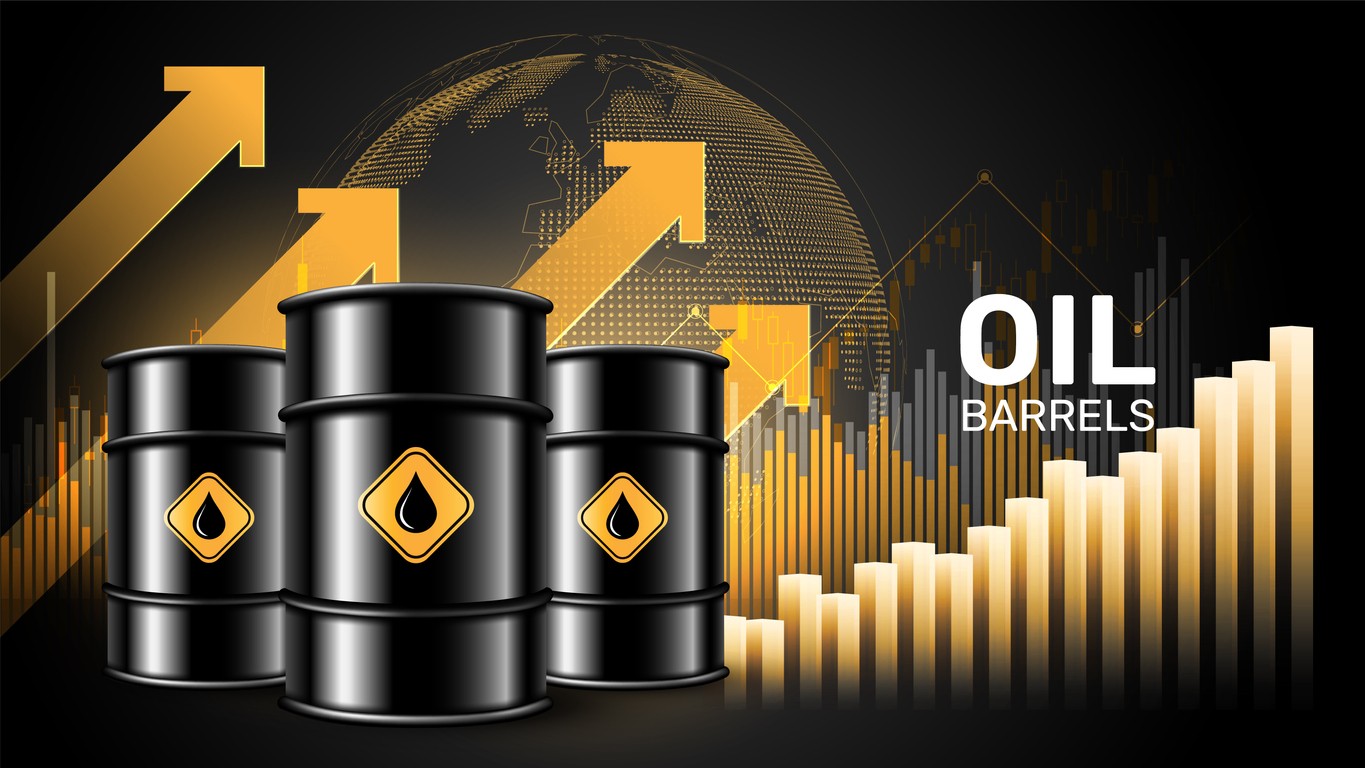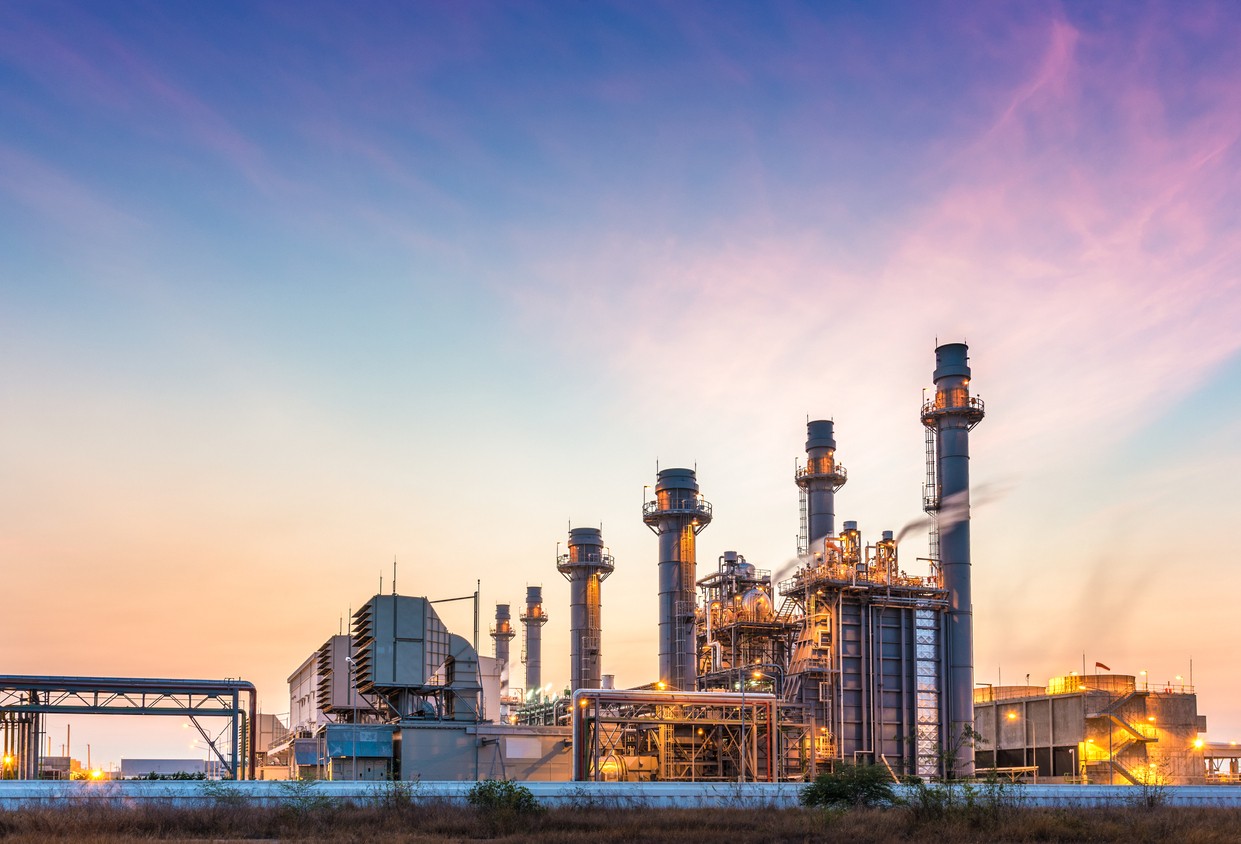
The annual inflation rate in the US for June 2021-June 2022 is 9.1 percent according to the US Inflation Calculator. The national inflation rate is the reflection of why we are paying more for everything from gasoline and household energy to groceries and back-to-school clothing. Markets are driven by demand and the prices that people are willing to pay for goods. In California, people pay more than 80 percent more for energy than people in other states. Here in the Golden State, the average energy bill from PG&E is nearly $190 per month. On a per Kilowatt hour basis, California households pay around $0.25 per kWh whereas the national average per kWh is about $0.15.
The states with the highest cost per kWh include Hawaii, Alaska, Connecticut, Rhodes Island, and California. In terms of California, the huge size of the state coupled with its irregular geography mean that energy suppliers have a more difficult time maintaining the elements that define fixed costs. Those include:
- Energy generation
- Maintenance of energy plants
- Transmission of Energy across the state
- Distribution of energy on the local level
Energy has a short lifecycle. If it is not used it is wasted. For that reason, energy costs can be influenced by predicted usage. If an energy supplier anticipates that its customers will need more energy it can adjust the price based on the cost of acquiring energy. Energy is purchased in advance – sometimes many years in advance. Doing so allows energy producers to produce an exact amount of energy based on orders from the state’s energy suppliers.
The average price for a kWh of energy in Louisiana (the nation’s cheapest state for energy costs) is $0.0751 for 2020 and in California for 2020, the cost was $0.18 per kWh – an increase over the price paid in Louisiana of $0.105 per kWh. In California, we pay about a dime more per kWh for energy than the people of Louisiana.
In Ohio, the average rate paid for a kWh of energy in 2020 was $0.944.
Causes for Increased Energy Costs
- The US Inflation & the economy – Energy prices impact every sector of the US Economy. Experts say that higher energy rates act as an unregulated tax on the economy. In the case of a recession, the demand for energy drops, and the price of electricity and gasoline also drop. As the nation continues to linger in the effect of the COVID-19 shutdown, both inflation and the economy become shaky. Right now, inflation is the highest it has been in over four decades. The economy is trying to stabilize by taking on aspects of pre-COVID conditions and post-pandemic shutdown. The anticipation for 2022-2023 is that the US economy will slow to near recession growth rates while inflation begins to decrease. That of course is just a prediction. According to the FED – the US Economy in 2021 was nearing a US Economy inflection point – a point of significant change (positively or negatively.) In 2022, that point may have been the return to work and opening of the gate by which we are returning to a more natural social and work environment.
- Stock markets – Much of the US electricity is produced using turbines – gas-powered, steam-powered, wind-powered, and water-powered. For gas and steam-powered turbines to work, we must burn fossil fuel. The cost of a barrel of oil directly impacts the cost to produce energy. When oil prices rise, so do energy rates and the impact is negatively felt across the US economy. The global energy assessment also plays a part in the price of energy as it looks at energy needs vs. supplies on a global basis.
- Increasing inflation rates influencing consumer prices – Higher energy prices are directly related to supply and demand. As inflation rises, people curb their energy usage because higher inflation means higher energy costs. Just check your local gasoline station price the next time you fuel up your car. Gas and electricity are both sources of energy of fuel. To slow demand, which helps to decrease inflation, energy rates rise. There are a couple of reasons for that in the current economy. One of those reasons is that supply has decreased while demand for energy increases. The war in Ukraine is one cause for a decrease in supply, but there is also a shift in how we live. More people are working from home, which drives up electrical usage – powering home climate control systems, etc. The higher cost of oil is also a factor, and that is set by outside forces and foreign powers.

- Supply and demand – are two sides of the same coin. When supply increases the price of energy drops. When demand increase, the cost of energy rises. If supply drops as demand increases, the price of energy shoots up quickly and higher. Right now, in the US economy, the energy demand is rising while the supply of energy is falling, and outside factors that influence energy pricing are strengthening. The price of oil, for example, has been higher than usual for most of the year. More people are staying home and requiring more energy to power their homes. Food shortages are causing agriculture companies to use more energy and more water to grow more food.
- Correlation between water and gas – Water and gas are related across every aspect of the production of gas. Water is drastically needed in power plants to cool the steam used to spin turbines that produce electricity. There is also water needed in the use of making fuels, transporting energy, and even in the process of producing biofuels (watering crops.)
- Supply chains for coal, gas, oil, and nuclear – For coal, you have to mine the ore, process it, store it, and then transport it to industrial consumers and power producers. For gas, it must also be mined and then piped to a collection facility, cleaned, and then transported either by pipeline or truck. Oil is extracted, barrels, and then transported, usually by tanker ships to a facility where it is converted into other fossil fuel products, such as gasoline. With nuclear energy, the supply chain moves in both directions. Nuclear power plants need inputs to function and outputs to create and manage nuclear power production. Any of these supply chains can be impacted by various points.
- Affected by COVID-19 shutdowns – As companies reeled from the impact of COVID-19, the supply chains for nearly every industry, energy included, crumpled. Without the ability to bring in miners, truckers, and ship crews, commodities such as coal, oil, and gas, sat unable to make it to energy production facilities.

- Affected by COVID-19 shutdowns – As companies reeled from the impact of COVID-19, the supply chains for nearly every industry, energy included, crumpled. Without the ability to bring in miners, truckers, and ship crews, commodities such as coal, oil, and gas, sat unable to make it to energy production facilities.
- Gas storage – Prices change weekly and are based on current stocks of natural gas as well as the average production over a five-year period. That information is available weekly in the Natural Gas Storage Report. Because energy is often purchased in advance, the price and volume of stored natural gas become critical in energy prices. When the demand for energy remains the same or increases, and the volume of available natural gas decreases, the energy cost of producing electricity by using natural gas goes up and those increased costs are passed on to consumers.
- Global affairs – The Effects of Russia Ukraine war – One of many factors that have caused a decrease in oil supplies and a factor in the rising cost of electricity and gasoline prices, via the gas shortage. Though much of the gas shortage is internal to the US with many refineries being taken offline.
- Fluctuation of other leading economies – Because oil is sold on the global market, the US often caps national production of oil. When other world economies are willing to pay more for oil, then the price that the U.S. pays goes up. The barrel price of oil is impacted by supply and demand on a global basis.

- Fluctuation of other leading economies – Because oil is sold on the global market, the US often caps national production of oil. When other world economies are willing to pay more for oil, then the price that the U.S. pays goes up. The barrel price of oil is impacted by supply and demand on a global basis.
- Government regulation – How Federal Energy Regulatory Commission (FERC) and Public Utility Commissions (PUCs) influence energy costs – One way that both the FERC and PUCs impact energy costs are through programs that encourage the decreased use of electricity or products that go into energy production. Your local energy provider may offer tiered rates where the energy produced during peak usage costs more. Those programs help to encourage individuals and companies to reduce energy consumption during peak hours. Rate hikes in local energy rates are often approved by Public Utility Commissions, which oversee energy producers and suppliers. Whether the US increases oil, coal, or natural gas production is another way that the FERC impacts the supply of energy within the US.
The Coldwell Solar Advantage
When it comes to powering a business or a home, solar energy has a lot of advantages. The production of solar energy is not dependent upon foreign policy (oil prices) or supply chain issues that may cause shortages in energy production. The supply chain for solar is simply the sun, the solar array, and your inverter. You are not transporting your electricity across the state or relying on a harbor full of oil tankers waiting to dock. The biggest impact of solar energy is shading, and that is a problem that is easily solved.
Going solar removes your business from the many things that affect energy costs. At Coldwell Solar, we work with you for the life of your solar array. We help businesses scale solar installations to meet the energy needs of today and those of tomorrow. With over 100 years of combined solar installation and management experience and construction, we are your local experts within California and the surrounding states for solar installation from initiating solar design to turn-key solar array installation and management. We work with you to:
- Design a solar array that fits your business needs
- Help you manage energy production throughout the life of your solar array
- Show you how to conserve energy so that your energy costs remain low
- We work with you to help decrease the environmental impact of your company through decreasing energy demands, employing smart technology, and becoming more energy efficient while accessing green and clean solar energy.
Learn more about commercial solar energy programs and whether your company is ready for solar by reaching out to our team.

